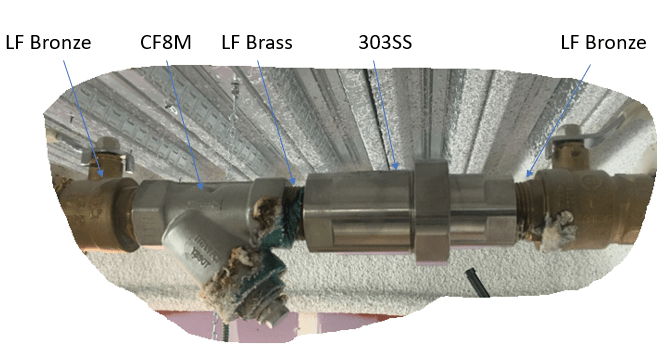quizzical1
Mechanical
- Jul 6, 2004
- 180
Hi All,
This is piping in a hot water recirc loop. Any ideas on what would be causing the leaking and also the buildup? Been installed for 2 years.

This is piping in a hot water recirc loop. Any ideas on what would be causing the leaking and also the buildup? Been installed for 2 years.

